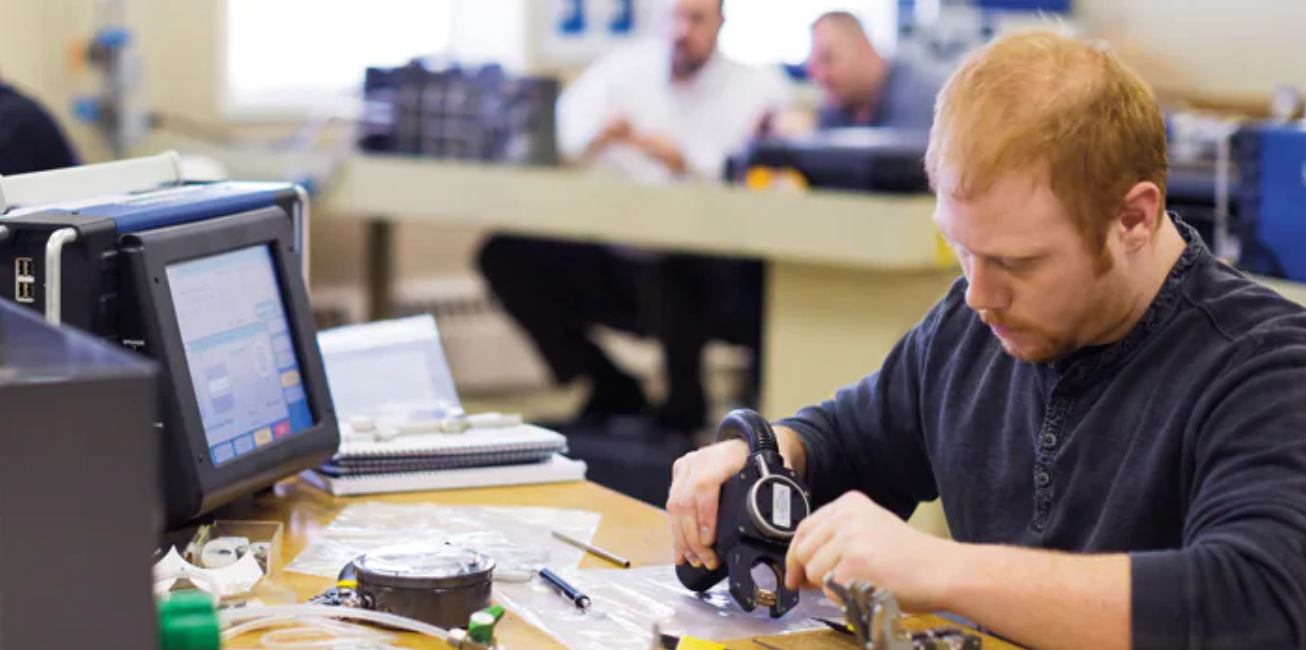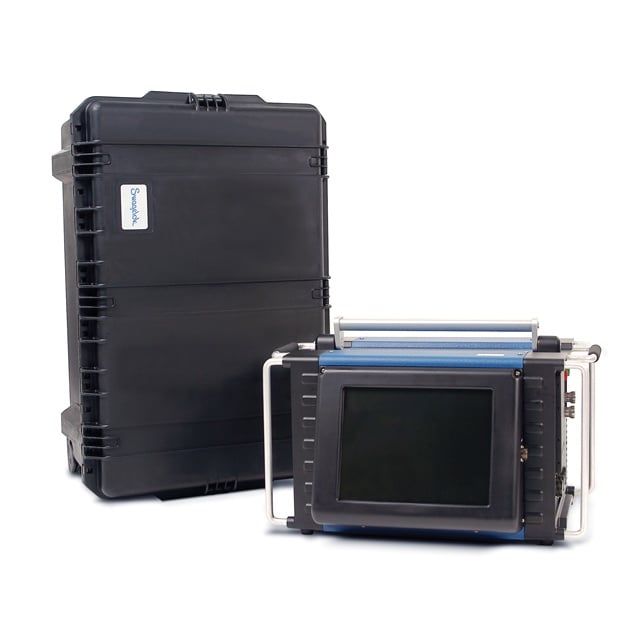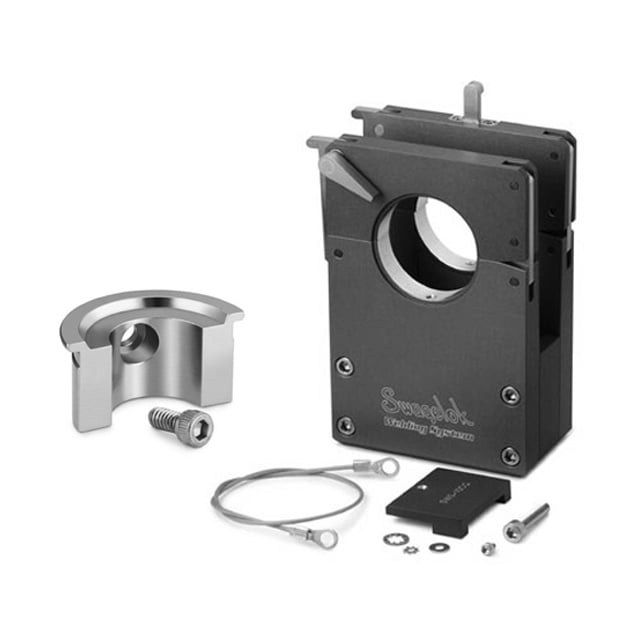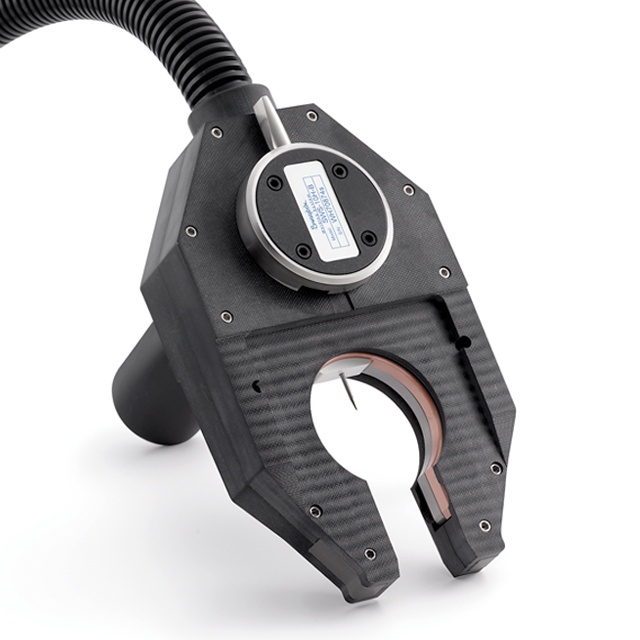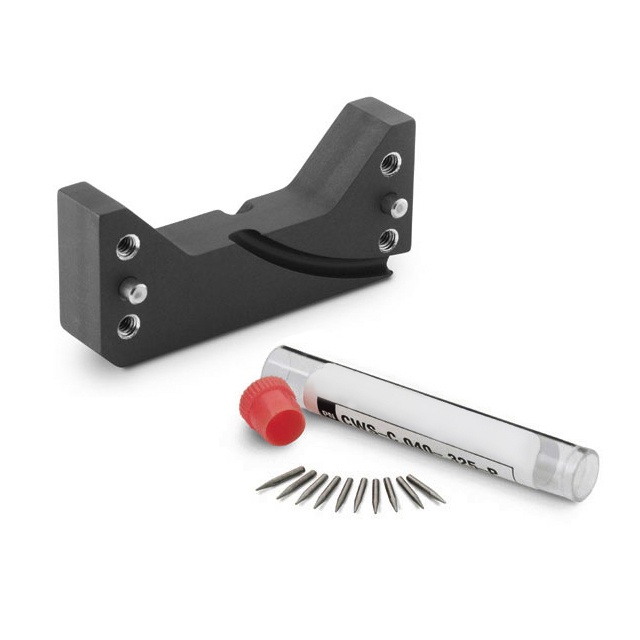To remain compliant with Cal/OSHA standards, industrial plants in Northern California need the best orbital welding training, equipment, and support. These industrial contractors also need welding procedures that reduce costs and increase efficiency. One of the most effective ways to achieve these goals is to make the change from manual welding to orbital welding.
Orbital welding utilizes machines to control the pattern, fill rate, temperature, and speed of the weld. This precise control is critical when inconsistencies in welding can result in disaster; for instance, pipes used to fill rocket engines with highly reactive rocket fuel, cannot have deviations or the result will be catastrophic. Further, orbital welding avoids many of the issues of manual welding during production; specifically, welder fatigue can be problematic when production is ramped-up.
In this guide, we will compare manual welding to orbital welding, discuss the benefits of orbital welding, and suggest the best orbital welding training program and support.
Manual Welding vs. Orbital Welding
Though the end goal is the same—a strong weld—the processes for manual welding and orbital welding differ significantly. Manual welding is done by hand with decisions to control the weld (such as temperature and speed) often done during the process. Orbital welding involves programming before the welding begins. Then, a machine conducts the weld at the preprogrammed settings.
Though orbital welding can be stopped (and welding settings readjusted), it typically involves more preplanning than manual welding. However, these weld settings can be kept for mass production on components that require the same specifications. Both processes have unique characteristics; here’s a comparison.
| Manual Welding Characteristics |
Orbital Welding Characteristics |
| Welding is done by hand |
Automatic (welding is done by machine) |
| Some weld settings determined while welding |
Weld settings are preprogrammed |
| Preplanning: Examination by welder |
Preplanning: Examination and sometimes computer analysis by welder |
| Preparation: Equipment is inspected and prepared |
Preparation: Welding instructions are programmed into a computer; equipment is inspected and prepared |
| During welding: Welding is monitored by visual examination and response to current welding |
During welding: Welding follows preprogrammed instructions |
| After welding: Welder will need to repeat their work for similar products |
After welding: Welder can utilize the programmed welding and knowledge of the outcome of the weld to automate the process and produce similar outcomes |
| Time to master: Years |
Time to master: Weeks |
The Benefits of Orbital Welding
Orbital welding can provide significant benefits when compared to manual welding. These benefits include improved quality, increased reliability, better efficiency, and cost savings.
Improved Quality
Whereas manual welders often suffer fatigue and must deal with any number of distractions, orbital welding will not have the same issues because it is automated by machine welding. Beyond welder fatigue and error, orbital welding provides precise control for the temperature, speed, and angle of the weld. When compared to manual welding, orbital welding produces more consistent and precise results.
Increased Reliability
Manual welds will often have slight variations due to human limitations. The subtle shaking of hands, the extra millionth of a second spent on a part of a weld, the inability to quickly and easily adjust to external conditions such as temperature, and the smallest deviations from a straight weld are just some of the human limitations that machines do not face. Orbital welding produces welds that are consistently the same and of higher purity. In part, this is due to the better instrument readings found when orbital welding is utilized which is believed to be due to fewer potential leak points in the system.
Manual welding also faces additional difficulties not found in orbital welding. Due to the high skill level needed and the physical demands, manual welding can be extremely difficult for hard-to-reach joints in tight areas. Orbital welding does not face these same issues. Quality welds are based on the smooth movement of the torch; whereas manual welds depend on maintained deep focus by welders, orbital welding produces a smooth movement of the torch when the operator is well trained and the equipment is constructed with high-quality materials and components.
Better Efficiency
Orbital welding is monitored by technology that compiles real-time data for analysis. This data can be used to determine production problems and inefficiencies. Once welding commences, orbital welding is much faster as the weld is operated by a machine. The control of the machine can be operated and controlled on-site and off-site (remote options are available). This allows for more flexibility in the utilization of trained employees.
Finally, if the same weld characteristics are needed—for a copy of the component or a production line of components, for example—the orbital weld is already programmed to create the requisite welds.
Cost Savings
Implementing orbital welding may be a larger initial investment than manual welding but it can save costs in the end. The increased quality and reliability of welds will ultimately decrease the number of products rejected for welds outside of specifications. Not only will this benefit the bottom line but will prevent the additional cost of needing to redo welds. Manual welding also has significant labor costs that can be reduced when utilizing orbital welding. Costs associated with safety regulations can also be reduced with orbital welding as the risks to welders are significantly less. Finally, the ability to electronically capture data allows documentation to become automated, saving time and money.
Utilizing orbital welding has a variety of benefits. Industrial contractors in Northern California can take advantage of these benefits by investing in orbital welding training and high-quality equipment.
Swagelok’s Orbital Welding Training
To successfully implement orbital welding, operators need to be well trained. When enrolled in an effective training program, orbital welding has a small learning curve that provides even novices with a powerful and useful tool.
Swagelok’s orbital welding training program offers the information needed to fully train operators. The five-day course covers the following:
- welding principles;
- how to quickly and easily set up an orbital weld system;
- how to troubleshoot frequently encountered welding problems and avoid operational issues; and
- how to test for ASME Section IX qualification if participants need to fulfill QA/QC requirements.
The instructors have Certified Weld Inspector (CWI) and Certified Weld Educator (CWE) qualifications and five years of experience in orbital welding instruction.
Swagelok’s Orbital Welding System
Training employees to utilize orbital welding is only part of the solution to implementing orbital welding. A high-quality orbital welding system also needs to be incorporated into your industrial processes. Swagelok’s M200 Orbital Welding System has precision control for welding and is equipped with an easy-to-use touchscreen. Its real-time monitoring and recording also make documentation easy. The welds are reliable orbital gas tungsten arc welds (GTAW) for both tubing and pipe. Swagelok offers a range of components for orbital welding, including fixtures and collets, power supply, spare parts/accessories, and weld heads.
By using this orbital welding system and orbital welding training, your business can get the production and economic benefits of orbital welding.
To find out more about how Swagelok Northern California can help you successfully implement orbital welding with training and equipment, contact our team today by calling 510-933-6200.


